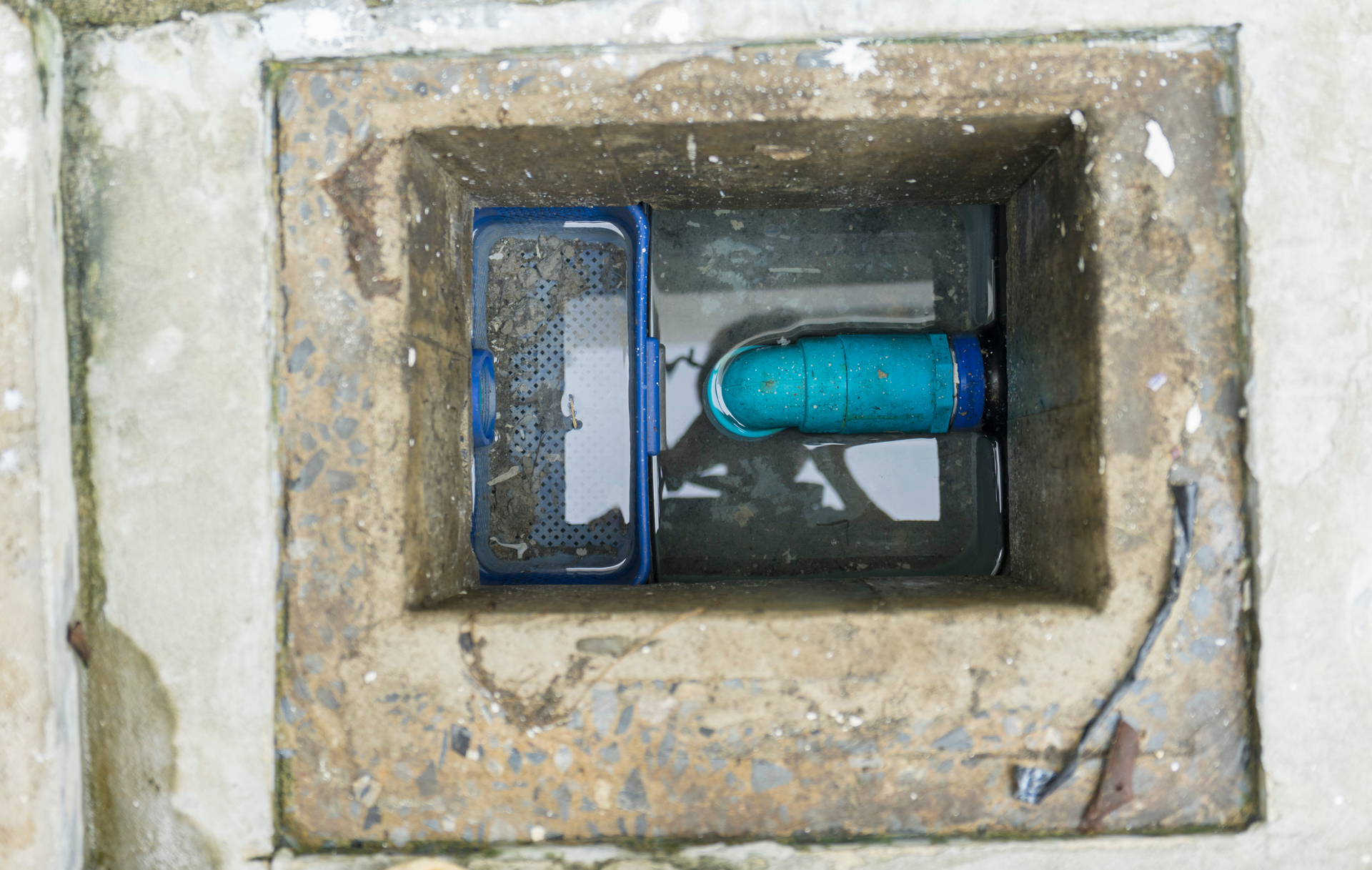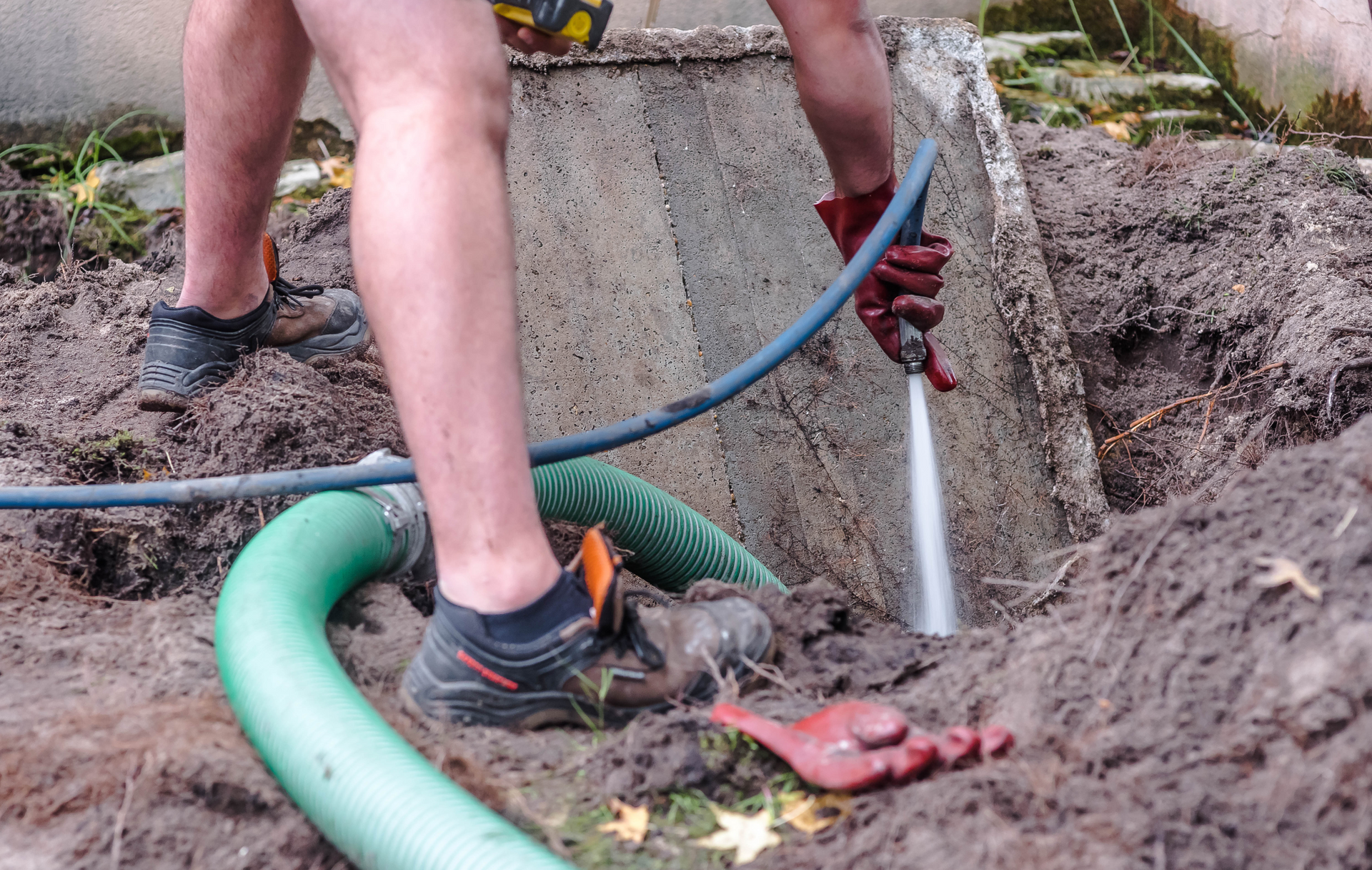FAQ: How Does a Septic Tank Work?
December 13, 2023
FAQ: How Does a Septic Tank Work?
When it comes to residential wastewater management in Oxford, MS, septic systems play a crucial role. Yet, many homeowners are unfamiliar with the inner workings of these systems. In this comprehensive guide, brought to you by Oxford Septic Service, we'll dive deep into the frequently asked question: "How does a septic tank work?" We'll demystify the process, covering everything from the initial wastewater entry to the final treatment.
The Basics of a Septic System
Before delving into the workings of a septic tank, let's start with the basics of a septic system. A typical septic system consists of three main components: the septic tank, the drain field, and the soil beneath the drain field. Each component plays a specific role in treating and disposing of household wastewater.
Step 1: Wastewater Entry
The process begins in your home when you flush toilets, run water down sinks, or use appliances like washing machines and dishwashers. All of this wastewater flows into the septic system through a network of pipes that connect to the septic tank.
Step 2: Primary Treatment in the Septic Tank
Once the wastewater enters the septic tank, the primary treatment process begins. The tank is typically buried underground and made of durable materials like concrete, fiberglass, or plastic. Its primary function is to separate solid waste, liquid, and scum.
- Solid Waste: Heavier solids settle at the bottom of the tank, forming a layer of sludge.
- Liquid: Wastewater, which is mostly water with dissolved and suspended materials, remains in the middle layer.
- Scum: Lighter materials like grease and oils float to the top, creating a scum layer.
Over time, bacteria present in the tank start breaking down the organic matter in the sludge and scum layers. This biological process converts solids into liquid and gas.
Step 3: Effluent Exit
The liquid, now referred to as effluent, exits the septic tank and flows into the drain field. The drain field consists of a network of perforated pipes buried in gravel-filled trenches or beds. Effluent is evenly distributed through these pipes into the surrounding soil.
Step 4: Biological Treatment
As the effluent percolates through the soil in the drain field, it undergoes further treatment. Beneficial bacteria and microorganisms in the soil naturally break down and neutralize harmful pathogens and contaminants in the effluent.
Step 5: Final Treatment
By the time the treated effluent reaches the groundwater table or a nearby water body, it should be sufficiently purified. The natural filtration and biological processes in the soil remove remaining impurities, ensuring that the water introduced into the environment is safe and clean.
Common Septic System Questions
Now that we've covered the primary steps of how a septic tank works, let's address some common questions homeowners often have about their septic systems:
1. How often should I pump my septic tank?
Septic tank pumping frequency varies depending on factors like tank size, household size, and water usage. On average, it's recommended to pump your septic tank every 3 to 5 years. However, it's essential to have a professional assessment to determine the precise schedule.
2. Can I use additives to improve septic system performance?
While some additives claim to enhance septic system performance, they are often unnecessary. A well-maintained system with regular pumping and minimal use of harsh chemicals should function optimally. Additives can sometimes disrupt the natural biological processes in the tank.
3. What should I avoid flushing into my septic system?
To prevent clogs and damage to your septic system, avoid flushing non-biodegradable items like paper towels, feminine hygiene products, and plastics. Additionally, limit the use of antibacterial soaps and harsh chemicals that can harm the beneficial bacteria in the tank.
4. How can I tell if my septic system needs maintenance or repair?
Signs of septic system issues include slow drains, gurgling noises from plumbing fixtures, foul odors, and sewage backups. If you notice any of these signs, it's crucial to contact a professional like Oxford Septic Service for an inspection and necessary repairs.
The Role of Jetting in Septic Systems
While septic systems primarily rely on natural processes for wastewater treatment, they may occasionally require maintenance services like jetting. Septic jetting involves using high-pressure water jets to clear blockages in drain lines or the septic tank itself. It can be a vital tool in keeping your system running smoothly.
Septic jetting benefits include:
- Removing Blockages: Jetting effectively clears clogs caused by debris, grease, or root intrusion, restoring proper flow.
- Preventing Backup: Regular jetting helps prevent sewage backups into your home, ensuring your system operates without interruptions.
- Increasing Efficiency: By eliminating obstructions, jetting allows effluent to move freely through the system, enhancing overall efficiency.
In conclusion, understanding how a septic tank works is essential for homeowners in Oxford, MS, to maintain their systems properly. Regular maintenance, inspections, and addressing issues promptly are crucial to ensuring your septic system operates efficiently and provides long-lasting, reliable wastewater treatment for your home. If you ever encounter problems or need maintenance services, don't hesitate to contact professionals like Oxford Septic Service for assistance. Your septic system plays a vital role in your daily life—keep it functioning at its best.

Oxford Septic Services plays a crucial role in ensuring the health and functionality of septic systems in our community. With years of experience and expertise, our team is dedicated to providing top-quality services to homeowners and businesses alike. In this guide, we'll explore the vital role that Oxford Septic Services plays in maintaining healthy septic systems and preserving the well-being of our environment. Chapter 1: Comprehensive Septic System Maintenance Oxford Septic Services offers comprehensive maintenance services designed to keep septic systems running smoothly. From regular inspections to proactive maintenance measures, our team ensures that septic systems remain in optimal condition year-round. Chapter 2: Professional Septic Tank Pumping Regular septic tank pumping is essential for preventing backups and maintaining the proper functioning of septic systems. Oxford Septic Services provides professional pumping services tailored to the unique needs of each property, ensuring efficient removal of waste and sludge. Chapter 3: Prompt Septic System Repairs When issues arise with septic systems, prompt repairs are crucial to prevent further damage and ensure continued functionality. Oxford Septic Services offers timely and reliable repair services, addressing issues such as leaks, clogs, and drain field problems with expertise and efficiency. Chapter 4: Expert Leach Field Services Leach fields are an integral part of septic systems, responsible for filtering and dispersing wastewater into the soil. Oxford Septic Services offers expert leach field services, including inspections, repairs, and installations, to ensure the proper functioning of this critical component. Chapter 5: Emergency Septic Services Septic emergencies can occur at any time, posing significant risks to property and health. Oxford Septic Services offers emergency services around the clock, providing prompt response and effective solutions to mitigate damage and restore functionality. Chapter 6: Residential and Commercial Solutions Whether it's a residential property or a commercial establishment, Oxford Septic Services offers tailored solutions to meet the unique needs of each client. From small homes to large commercial properties, our team has the expertise and resources to handle any septic system challenge. Chapter 7: Environmental Stewardship At Oxford Septic Services, we are committed to environmental stewardship and sustainable practices. We prioritize eco-friendly solutions and responsible waste management techniques to minimize our impact on the environment and protect natural resources. Conclusion: Oxford Septic Services plays a vital role in maintaining healthy septic systems and preserving the well-being of our community. With comprehensive maintenance services, prompt repairs, and a commitment to environmental stewardship, our team ensures that septic systems remain in optimal condition for years to come. Trust Oxford Septic Services for all your septic system needs and experience the difference firsthand.

Septic tank pumping is a crucial aspect of septic system maintenance that often goes overlooked by property owners. Regular pumping helps prevent costly repairs, prolongs the lifespan of the septic system, and protects the environment from contamination. In this guide, Oxford Septic Services shares valuable insights into the importance of routine septic tank pumping and its many benefits. Chapter 1: Understanding the Role of Septic Tank Pumping Overview of the septic tank pumping process and its significance in maintaining a healthy septic system Explanation of how septic tank pumping removes accumulated solids and sludge from the tank, preventing clogs and backups Chapter 2: Preventing Costly Repairs and System Failures Discussion of the potential consequences of neglecting septic tank pumping, including system backups, drain field damage, and groundwater contamination Exploration of the financial implications of septic system repairs and replacements compared to the relatively low cost of routine pumping Chapter 3: Extending the Lifespan of Your Septic System Explanation of how regular septic tank pumping helps prolong the lifespan of the septic system by reducing stress on system components and preventing premature failure Discussion of the correlation between routine pumping and the overall health and longevity of the septic system Chapter 4: Protecting the Environment and Public Health Examination of the environmental and public health risks associated with untreated wastewater discharge from poorly maintained septic systems Explanation of how routine septic tank pumping helps mitigate these risks by preventing groundwater contamination and protecting local water sources Chapter 5: Maintaining Property Value and Resale Potential Exploration of the impact of a well-maintained septic system on property value and resale potential Discussion of how routine septic tank pumping demonstrates responsible property ownership and can increase buyer confidence during real estate transactions Chapter 6: Ensuring Regulatory Compliance Overview of local regulations and requirements regarding septic system maintenance and pumping frequency Explanation of how routine septic tank pumping helps property owners remain in compliance with regulatory standards and avoid potential fines or penalties Chapter 7: Best Practices for Scheduling Septic Tank Pumping Recommendations for establishing a regular pumping schedule based on factors such as household size, water usage, and septic system capacity Tips for working with professional septic service providers like Oxford Septic Services to schedule timely and efficient pumping services Conclusion: Routine septic tank pumping is an essential aspect of responsible septic system ownership, offering numerous benefits for property owners, the environment, and public health. By understanding the importance of routine pumping and working with trusted professionals like Oxford Septic Services, property owners can ensure the long-term performance and reliability of their septic systems.
